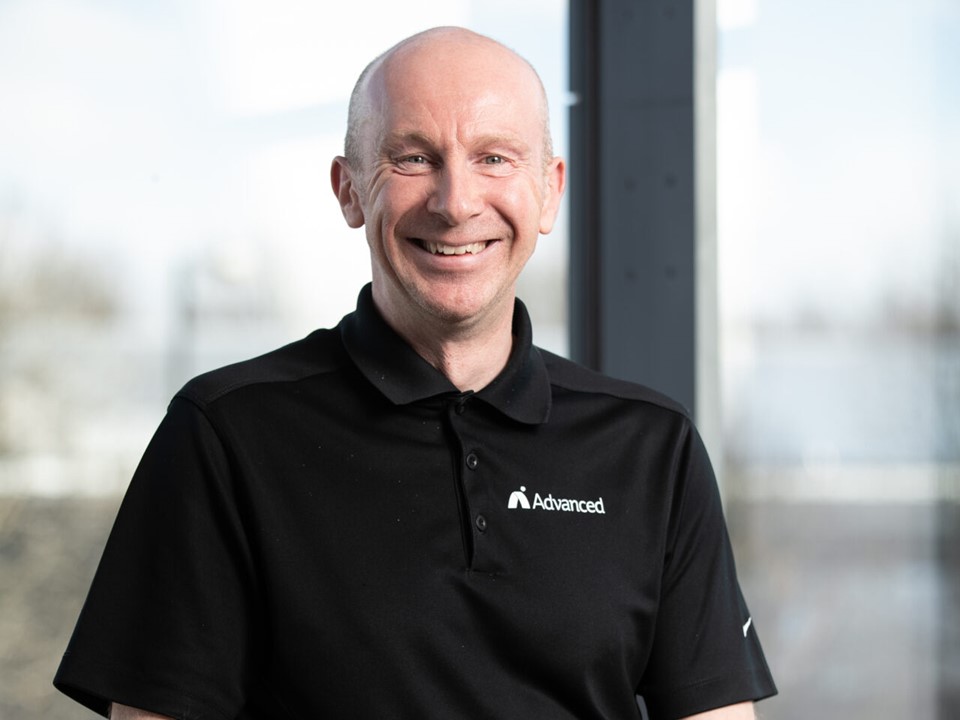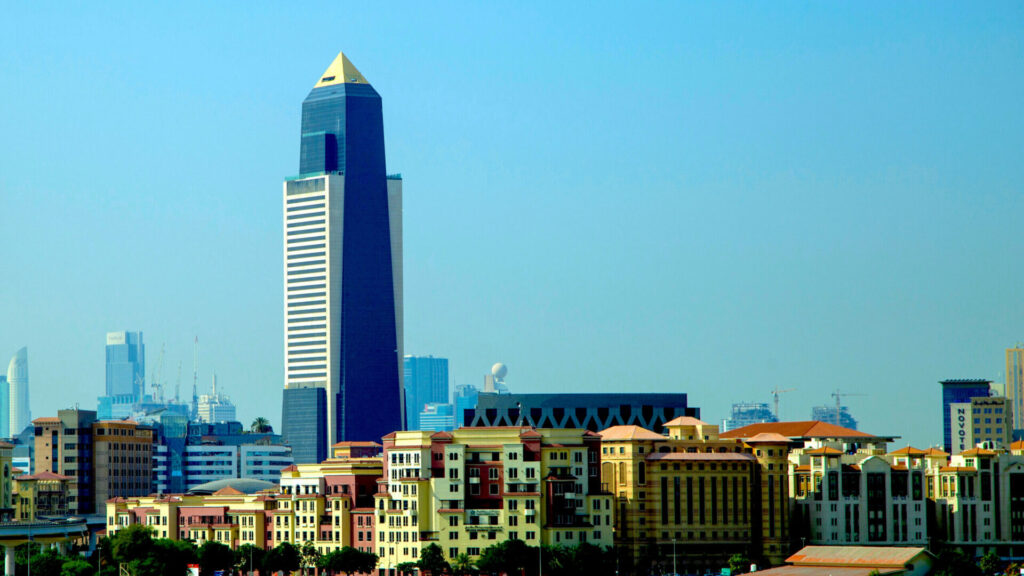Advanced’s Technical Support Engineer, Mark Taylor, examines some of the solutions available to those tasked with protecting hotels from the threat of fire.

Cooking equipment, careless smoking and electrical malfunctions are three of the leading causes of fire in hotels. Aside from the serious threat to life and property posed by genuine fires, failure to provide and maintain high-quality fire protection measures has other dire consequences too.
False alarms cause disruption and annoyance to guests and staff alike and lead to reputational damage and wasted firefighter resources if persistent. Failed inspections can rapidly result in negative publicity and financial penalty. Badly designed, poorly installed and low-quality systems can cause engineer service charges to escalate unnecessarily and may even prompt the replacement of parts or even entire systems.
Considering this complex set of negative outcomes, choosing, installing and maintaining high-quality fire protection equipment is time and money very well invested.
By their nature, hotels can be complicated sites to protect as fire and false alarm risks exist in abundance. Busy kitchens, extensive electrical installations plus regular repair and maintenance work all increase the likelihood of fire incidents. Add to these the presence of an ever-changing population of residents who may smoke, be careless around call points and detectors, or have varying mobility, and the picture of complexity expands.
Furthermore, no two hotels will be exaclty the same. Some are high-rise, purpose-built complexes with hundreds of guest rooms, vast conference and banqueting facilities and a host of leisure, retail and dining spaces. Others may be sprawling resorts with isolated beachfront villas or remote log cabins. Smaller, boutique hotels pose different challenges and further complications arise when the hotel is within a listed building or historic site and consideration must be given to architectural features e.g. high ceilings, complex layouts and inaccessible areas.
So, it is clear that there is rarely scope for a ‘one size fits all’ solution. Nevertheless, there are some requirements applicable to all hotel fire protection. We will explore some of these next.
False Alarm Management
The causes of false and unwanted fire alarms in hotels are many. They could stem from cigarette smoke or shower steam to the accidental triggering of manual call points, and even contractor activity. Against a backdrop of so many possible triggers, how do hotels minimise this risk, ensure the safety of their staff and guests, avoid undue panic and disruption, as well as limit damage to profits and reputation?
A high-performance fire system will offer comprehensive false alarm management (FAM) and reduction capabilities built in to support the various evacuation strategies required in hotel settings. FAM generally uses cause and effect programming, detection methods and verification methods to help prevent false alarms. For example, algorithms in detector heads can increasingly differentiate between false signals, such as steam or burning toast, and actual fires.
Panels can also allow detectors to work smarter, using double knock (operation of two detectors) or coincidence (operation of smoke and heat detection) to confirm a fire. Where multisensors are used, the system can be programmed to respond differently to heat and smoke as well as varying detector sensitivities. In addition, the timing of alarm verification and investigation delays can be fine-tuned to take account of staffing levels and area usage for maximum safety and minimum disruption.
Systems can also include dedicated input devices that trained staff can operate when a false alarm is suspected to allow extended investigation. In this way, incidents can be verified and confirmed before escalating and unnecessary evacuations can be avoided.
To highlight some of the solutions to the challenges faced in hotels, Advanced has published AlarmCalm Complete False Alarm Management for Hotels. The document outlines the features of Advanced’s AlarmCalm FAM solution and its key components. It also provides an overview of the areas within hotels where different false alarm strategies may be required, based on risk, building design and building user needs.

19 EN54-approved Axis EN fire panels have been installed across the Dubai’s Wafi Hotel and Mall development, with appropriate false alarm management strategies where necessary
Phased Evacuation
If effective cause and effect programming has been configured to account for the way different areas are used and the needs of specific individuals, the fire system will be capable of successfully facilitating phased evacuation.
By using cause and effect programming in conjunction with the latest sounders that support recorded messages, or ‘alert’ and ‘evac’ tones, the people who are most in danger from a fire can be evacuated first. Meanwhile, the flow of others in the building can be kept at a manageable level and safe escape routes maintained. Importantly, selecting a fire panel brand with the ability to process complicated cause and effect is crucial in effectively managing the evacuation process in dynamic fire conditions, with fires and smoke spreading in multiple areas simultaneously.
Clear Directional Escape Signage
When evacuation is necessary, it’s vital that escape routes are clear and simple to follow. Although modern buildings are designed to allow occupants to leave quickly and easily in the event of fire, guests unfamiliar with their surroundings may still struggle to find exit routes. In older buildings, egress can be especially convoluted and confusing.
Emergency lighting is both a practical and legal requirement and should be designed to enable quick, safe escape from a building. It is crucial that emergency lighting is as well maintained as the fire system and that old technology is replaced, not only for safety but also to keep overall running costs as low as possible. Modern emergency lighting systems are both smart and user-friendly, offering real opportunities for cost savings, efficiency gains and improved protection. Improvements begin with the lights themselves.
LEDs offer design, energy-saving and environmental benefits, representing the biggest recent change in the lighting industry. They last between 15 and 30 per cent longer than fluorescent alternatives, reducing the need for bulb replacement. Their lower power usage also means they can be installed with smaller battery packs, for both aesthetic and logistical advantages as well as environmental benefits.
EasySafe is Advanced’s range of addressable, low-voltage emergency luminaires and exit signs designed to work in conjunction with its emergency lighting test system, LuxIntelligent. EasySafe devices can be integrated onto existing cabling, and installation is quick, simple and will on average deliver 20% energy efficiency savings versus fluorescent lighting.
Easy Identification of Fire Events
Once fire and rescue services arrive on site, large, multi-storey hotel complexes can make it difficult to find and monitor the spread of fire. This can hamper decision-making, increase reaction time and affect decisions on how to tackle the blaze. In these scenarios, graphical representation of a hotel’s building areas provides clear indication of the fire’s location and helps emergency services to react appropriately.
Geographical Mimic Panel
Mimic panels provide simplified graphic displays of a monitored site, incorporating LED indication to show the status of each building zone. These solutions are strategically positioned near building entrances, enabling emergency services to gain a quick overview of the hotel layout and understand the nature of the emergency. Customised for each site, mimic panels can be integrated with or separate from the fire panel and may also offer additional functionality depending on the requirements of the building.
Advanced’s AdSpecials department works closely with customers to design and manufacture bespoke systems, panels, control interfaces and enclosures for its fire systems that provide additional functionality and safety. Its custom mimic panels can incorporate a range of options to benefit user experience and ease of use, from labelling, indication and switches, to the positioning of all components.
BMS Integration to Support PC Graphics
Fire systems within larger hotel premises are often required to integrate with building management systems (BMS) in order to communicate with third-party solutions, including CCTV, access control, HVAC, PA/VA systems, gas shutdown and other life safety applications. By consolidating data from multiple applications onto one system, end users have full oversight of an entire complex in one place. This improves reporting, information management and decision-making.
Advanced’s EN 54-approved Axis EN, MxPro 5 and UL 864-approved Axis AX panels all easily integrate with a site’s BMS via a simple fire protection interface. Once connected, end users with access to Advanced’s PC graphics package can view the status of their entire site via maps and plans. It also allows fire system control options to be programmed – from device isolation to full system resets.
TouchControl
In smaller boutique hotels, where space can be at a premium and aesthetics are important, fire panel location can be contentious. It is a challenge to integrate fire protection discreetly whilst maintaining up-to-the-minute status and control.
For these scenarios, Advanced offers the TouchControl repeater panel. Its sleek, flush touchscreen design allows hotel notices, messages or advertisements to be displayed when in standby. However, upon detector activation, the display instantly reverts to show fire system status via clear maps and plans of the site and the zone/area in fire. The screen itself has the added benefit that it can be operated by firefighters even when wearing gloves.
In summary, well-considered, well-implemented fire protection solutions can transform the experience of hotel residents and staff alike. The right equipment, installed correctly can prevent false alarms, facilitate safe evacuation, simplify monitoring and maintenance and even reduce the cost of managing fire and life safety systems. In making fire protection a priority and specifying the best equipment for each hotel’s particular needs from the outset, it is possible to maximise safety, minimise disturbance, protect reputations and enhance hospitality.